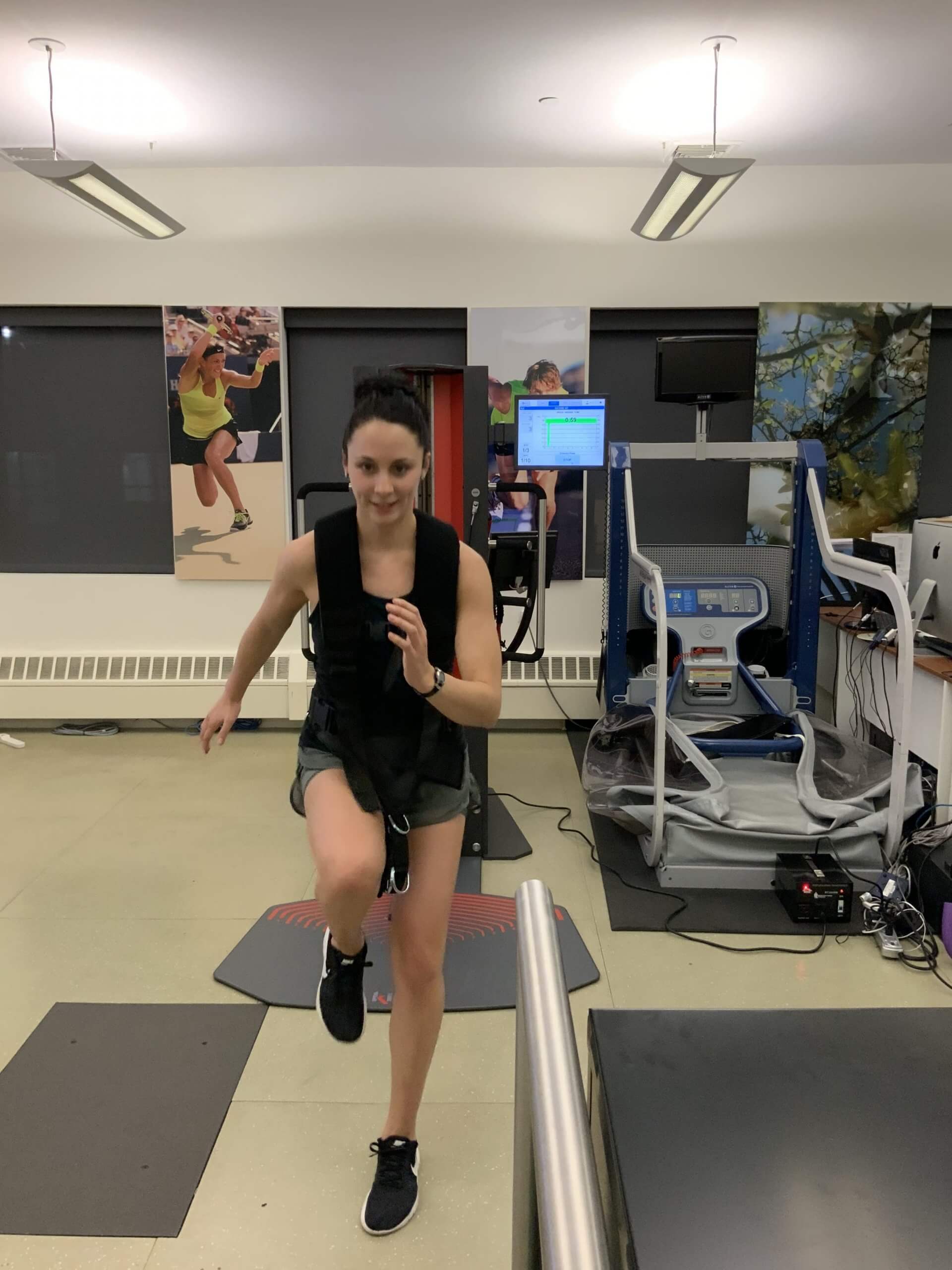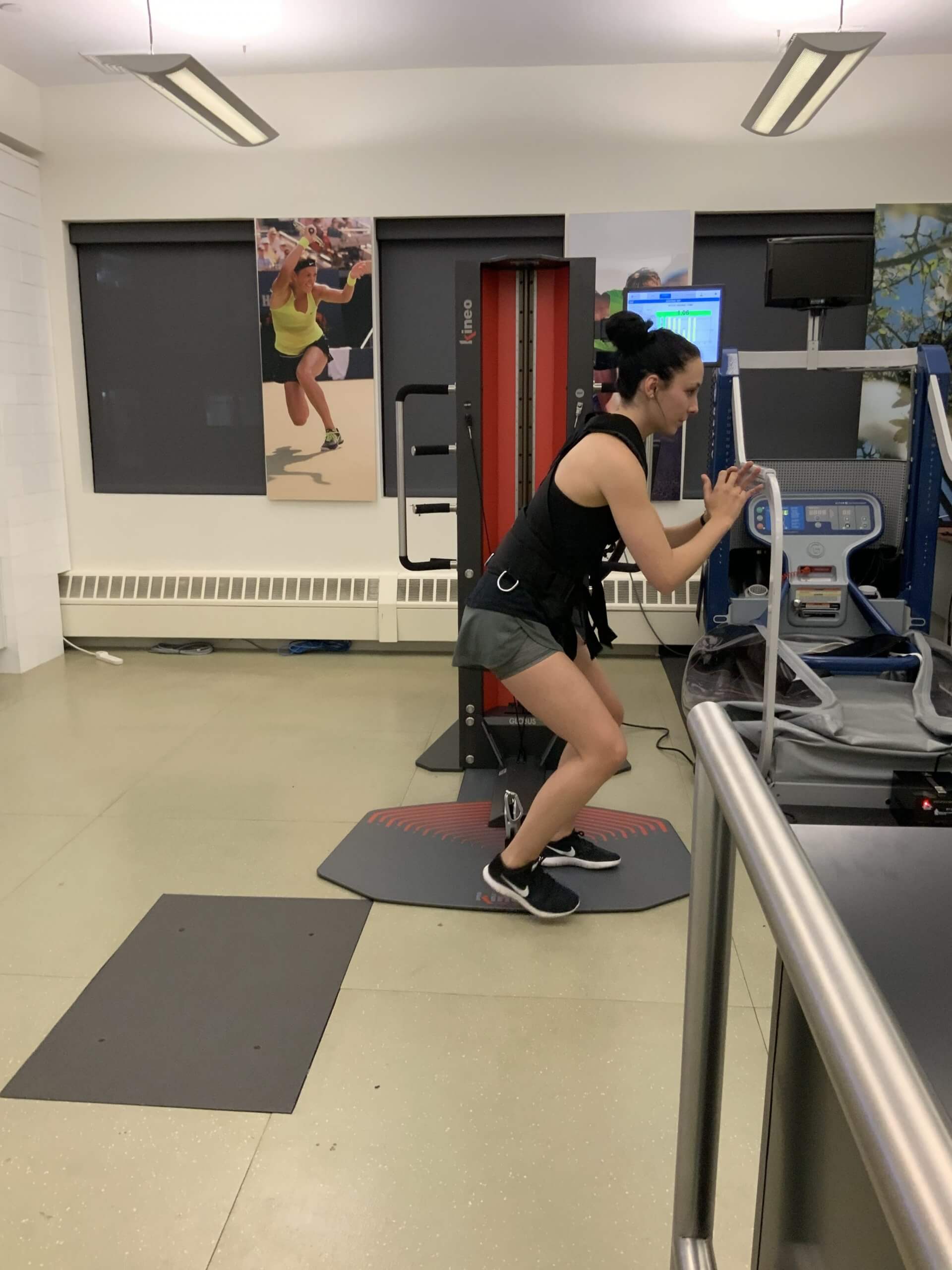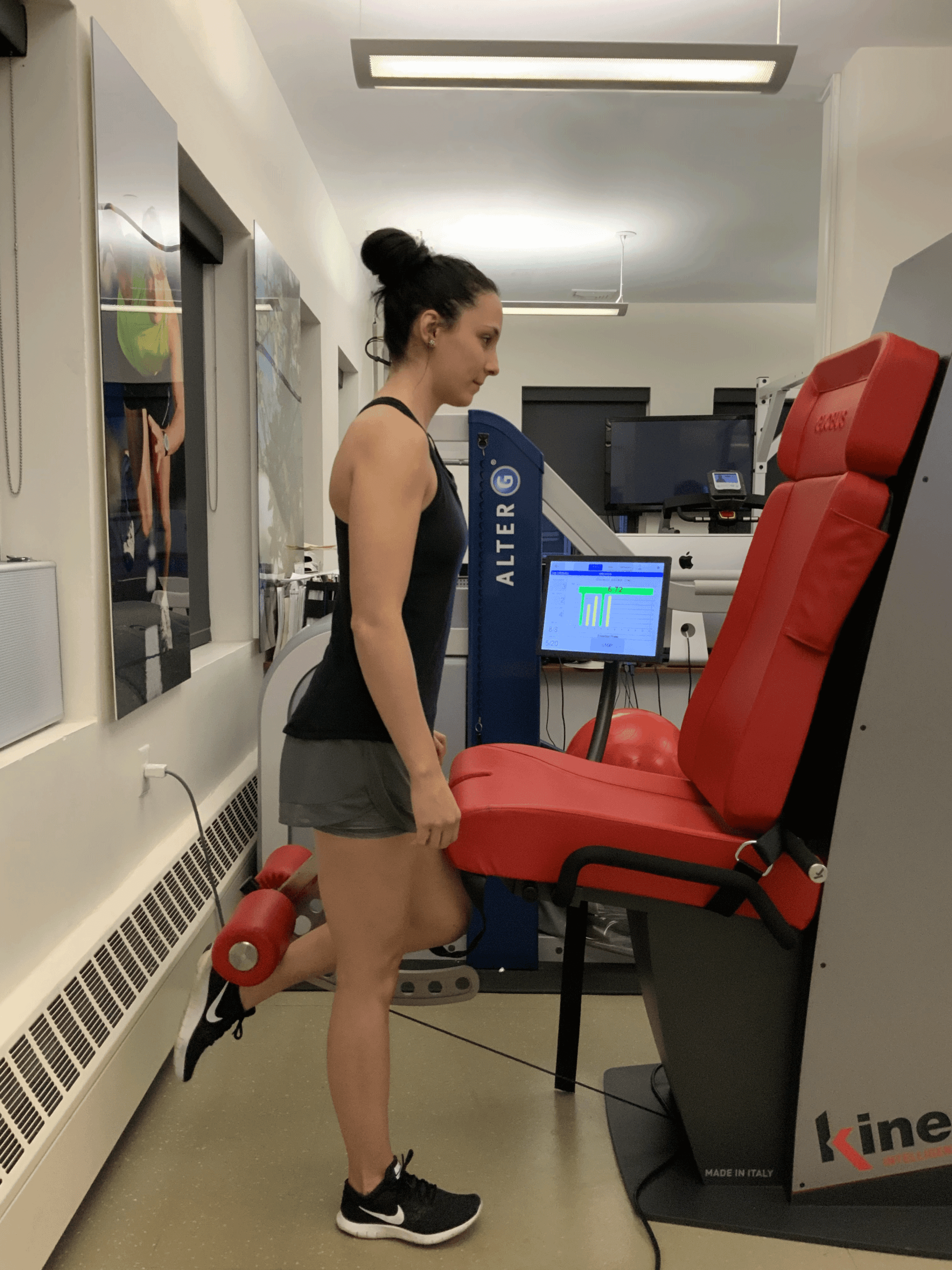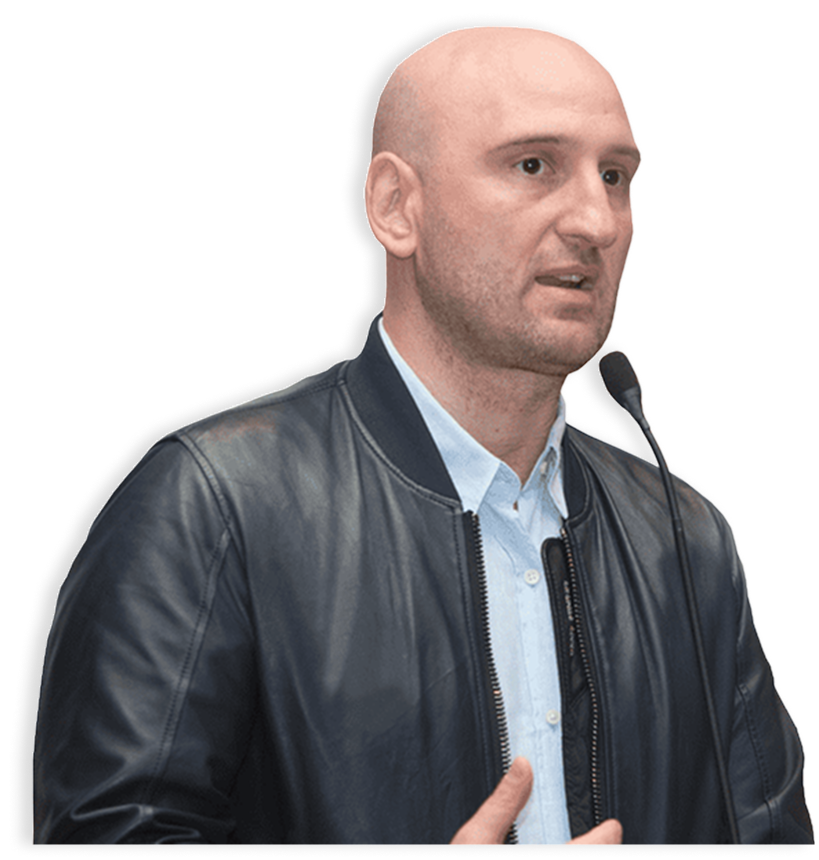Running Gait and Sports Injury Clinic
August 10, 2023
NYDNR’s running and sports injury clinic was developed tory, with a specialized treadmill, a 3D video analysis system with special software, a surface electromyography system, and ground reaction force plates.
What Is the Procedure?
An initial evaluation is performed tory, assessing shoes and abnormal wear patterns, and assessing bodily structure and alignment, with a focus on the trunk and lower extremities.
During gait analysis, movement patterns are monito a computer, where joint angles and speed of motion are calculated from this information.
As part of the analysis, a force plate located at the center of the runway measures the runner’s ground reaction forces, providing information about balance and weight distribution, and revealing where excessive loading is occurring. Videotaping is done from the front, rear and side to provide a visual assessment of the runner. Muscular activity is recorded with a surface electromyography system.
Interpretation of Gait Analysis
Gait analysis gives us quantitative and qualitative data that can be integrated with results from the structural assessment, biomechanical analysis, and injury histo determine the best course of treatment for the individual athlete.
From this analysis, recommendations are typically made in the following areas:
- Orthotics or braces to control and facilitate normal movement
- Footwear recommendations and shoe modifications to optimize gait patterns
- Therapeutic intervention to abnormal gait patterns
- Correction of movement mechanics that may be contributing to abnormal gait
Be sure to see how these technologies can help you.
Testimonials
Ibra morales thirty time nyc marathon participant Dr. Kalika, I just want to my injuries! I’m ready!!
Reactive Neuromuscular Training on Kineo



























